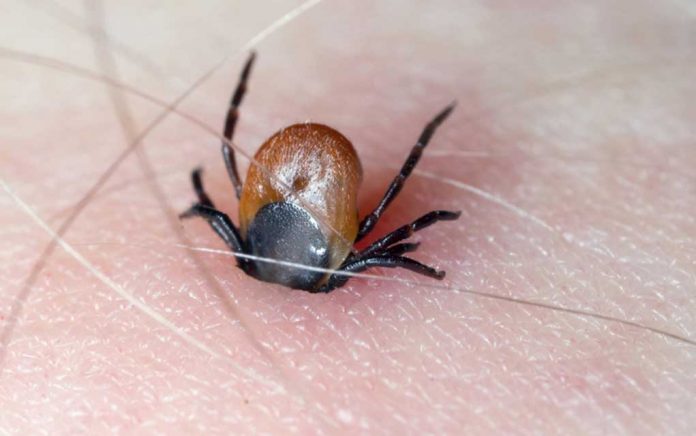
Lyme disease, when left untreated, can cause some serious health problems. Thankfully, with the correct antibiotics administered in a timely manner, Lyme disease is easily curable. Obviously, it’s better to just avoid contracting the illness altogether. Here’s how you can avoid the “Lyme” light.
Lyme Disease Prevention
Preventing this disease is actually quite simple: Just avoid getting bitten by an infected tick. However, not all ticks carry the nasty illness, and luckily there’s only one, the deer tick. Deer ticks live in damp, shady areas usually no higher than 18 to 24 inches off the ground. Deer ticks do not jump, fly or drop onto people or animals and only get onto you or your pets by direct contact.
The most obvious way to avoid being attacked by a deer tick is to avoid their turf. However, many people like to camp, garden, hike, hunt and simply enjoy the outdoors and are likely to run into these nasty creatures. Don’t fret; there are still plenty of ways you can prevent being bitten by a deer tick.
Here are some options:
- Wear insect repellent.
- Wear light clothing.
- Tuck your clothing in — shirt into pants and pants into sock or shoes.
- Wear long sleeve shirts and long pants.
- Wear tightly knit clothing.
- Tie back long hair.
- Avoid leaning on stone walls or sitting on the ground.
- Tick-check yourself frequently outdoors.
- Check yourself when you come indoors.
- Take a bath or shower within 2 hours of coming inside.
Is This the Culprit?
As stated before, it’s only deer ticks infected with Lyme disease that will transfer the sickness. Other ticks can carry other illnesses, but they’re not going to give you Lyme disease.
You need to be able to identify a deer tick so you know whether you may have been exposed to Lyme disease. Deer ticks are very small, with the adults being about the size of a sesame seed and the adolescents being the size of a poppy seed. These ticks are also known as “black-legged ticks” due to their coloration; adult female ticks are red and black, whereas an adult male is black and young deer ticks are brown.
Lyme disease can become a serious condition if left untreated. If you believe you’ve been exposed, be sure to see a medical professional as soon as possible. Also, if you’ve been bitten by a deer tick, be sure to keep an eye on the area for a “bullseye” rash, which is a telltale sign of Lyme disease.
Ticks are not the only carriers of disease; several animals and insects can transmit infections. Check out this list of contagious critters and learn how you can avoid them.
Did you find this article helpful? Reply to your email and share your thoughts! We would love to hear from you!
Copyright 2021, TheSurvivalGuide.com














